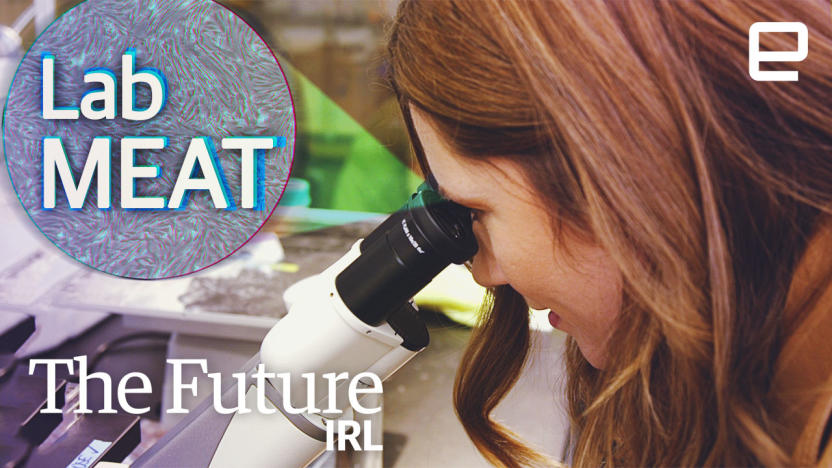MarkPost
Latest

‘Sustainable seafood’ grows in a lab instead of the ocean
Taking a whiff of a tray of multiplied cells, made from the stem cells scraped off a dead fish, all I could detect was a faint aroma of something smelling 'off.' Fishy, even. The co-founders of Finless Foods are working every holiday and weekend to 'feed' the cells so they divide and grow well enough to construct a fish fillet of edible meat within a few months. The biotechnology startup is pinning all of its hopes on consumers choosing lab-made meat over the potentially overfished or antibiotic-laden pieces of fish they might be purchasing now.

Burger built in lab costs $325,000 to produce, 'tastes reasonably good'
Dr. Mark Post of the University of Maastricht has carefully cultivated the most expensive burger you will probably never eat. Using stem cells and the science of tissue engineering, Post and his team have developed a method for creating an edible product called in-Vitro meat, which they hope to present in burger form at a special event in London next month. Despite the burger's artificial origins, Post claims it "tastes reasonably good." The in-Vitro burger was designed as a proof-of-concept to address the problem of a growing global population with a rapidly dwindling food supply. Even so, it's unlikely that lab-grown meat will be as widely available as White Castle anytime soon since creating it is an expensive, time-consuming process -- a single burger costs about $325,000 to produce. Each pricey patty begins its life as cells sourced from the necks of slaughterhouse cows, which are then developed in a growth serum comprised of fetal calf stem cells. After three weeks, those cells divide into a strip of meat, about half an inch long. Combine about 20,000 of those tissue strips and you've got yourself a burger. If that doesn't get your taste buds tingling, we don't know what will.

